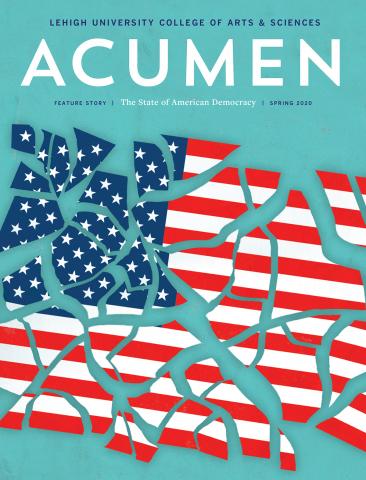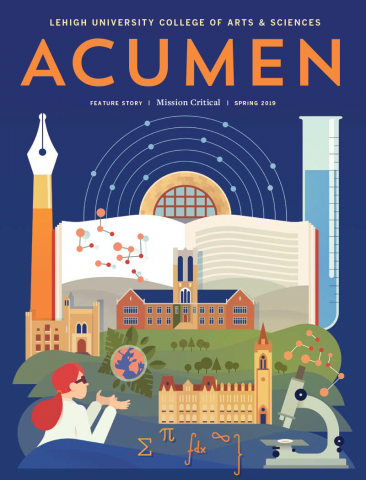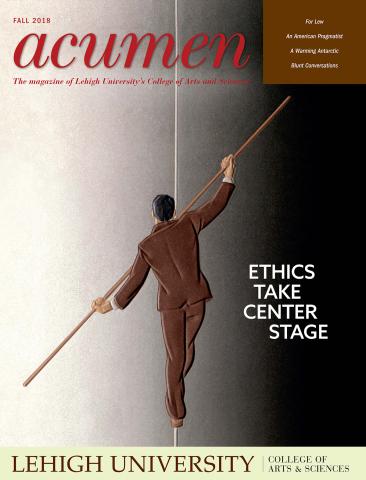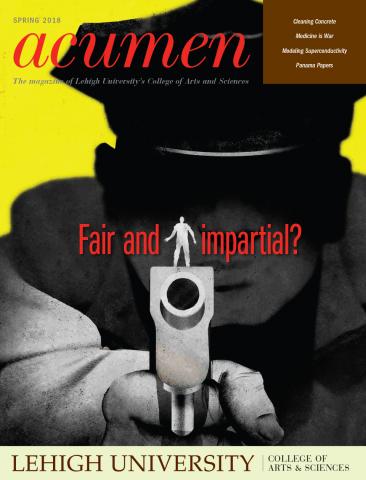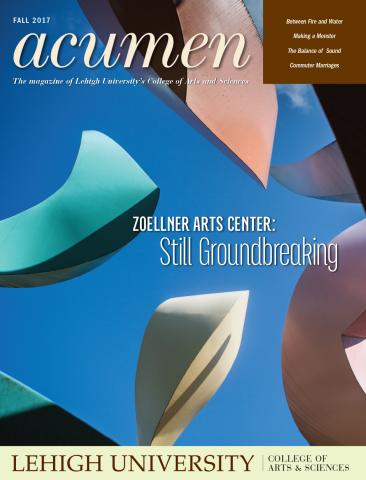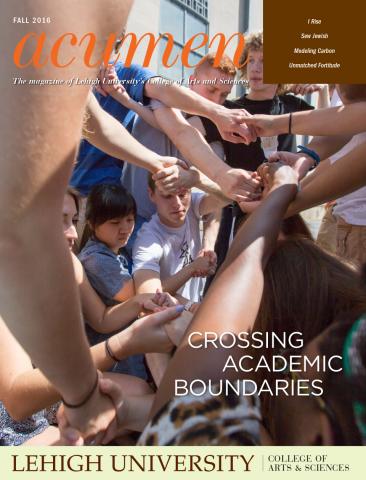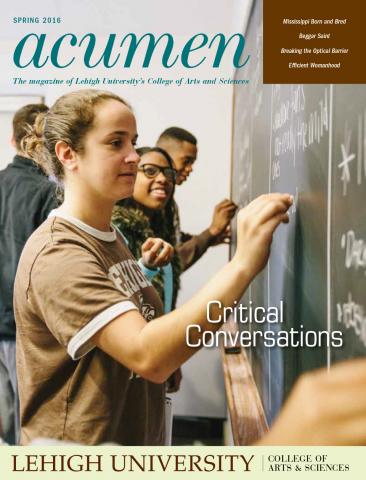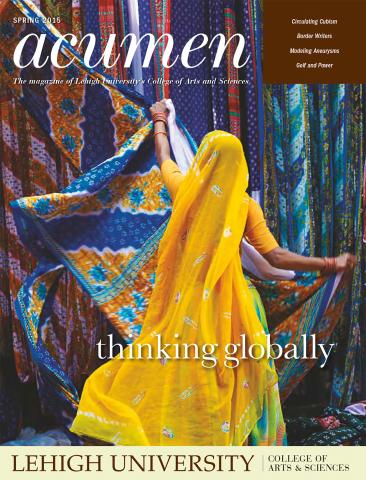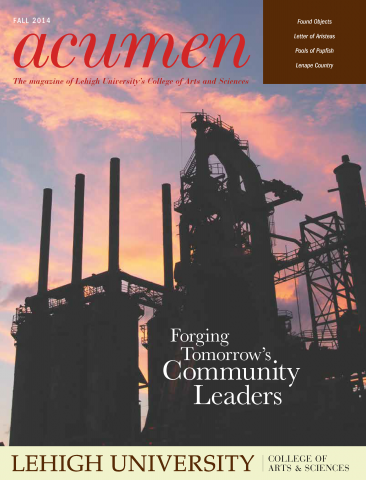
Immigrant stories in film and literature often focus on what is lost in the process of migration, particularly the loss of one’s culture and identity. However, the immigrant experience can also be positive and transformative, creating cultural hybridity—a space for multiple cultural identities to interact with one another. Filmmaker Mira Nair is interested in showing “all the possibilities that can come out of the immigrant experience,” says Amardeep Singh, associate professor of English.
Singh’s new book, The Films of Mira Nair: Diaspora Vérité, is the first to offer an overview of the Indian-American film director’s body of work.
“When people move abroad, when they start new lives in other countries, Nair often portrays it in her films as a time to transform, to become something new out of the mixing and matching of different cultural norms and values,” says Singh.
Nair’s 40-year filmmaking career spans a variety of storytelling genres―from documentaries to independent film to mainstream Hollywood fare—and she is still an active filmmaker. Singh finds commonalities among her films in both theme and style. He coins the term “diaspora vérité” to describe Nair’s approach to storytelling, writing that “... the filmmaker uses documentary realism in order to show that the prospect of migration, dislocation and even exile offers her characters a potential path to freedom from social and cultural repression.”
“Diaspora vérité” refers to Nair’s storytelling sensibilities―influenced by cinéma vérité, the documentary filmmaking movement of the 1960s that sought to capture life as realistically as possible―and is also a nod toward what the author says is “... the filmmaker’s commitment to social justice, especially with respect to women and socially and economically marginalized groups.”
Throughout her career, says Singh, Nair has utilized cinéma vérité techniques to explore diverse experiences of diaspora. Singh also writes about Nair as a transnational filmmaker whose films are not defined by any singular national or linguistic tradition, but instead reflect a wide range of cultural and geographical contexts.
Singh, who specializes in postcolonial literature, finds that students connect particularly well with Nair’s work when it’s included as part of his undergraduate literature classes focused on the immigrant experience. He shows Nair’s film The Namesake, which is closely adapted from Jhumpa Lahiri’s novel of the same name, while the students are also reading the book. Showing the film sparks a discussion of the choices Nair has made in adapting the story to the screen, such as paying more attention to the lives of the parents than the novel does.
An understanding of Nair’s body of work, says Singh, can provide a wider context for understanding individual films.
“Reviewers, for example, aren’t always getting what she’s up to,” says Singh. “They may not always see the full scope of what she’s trying to do and how it’s interesting and ambitious and provocative.”





















